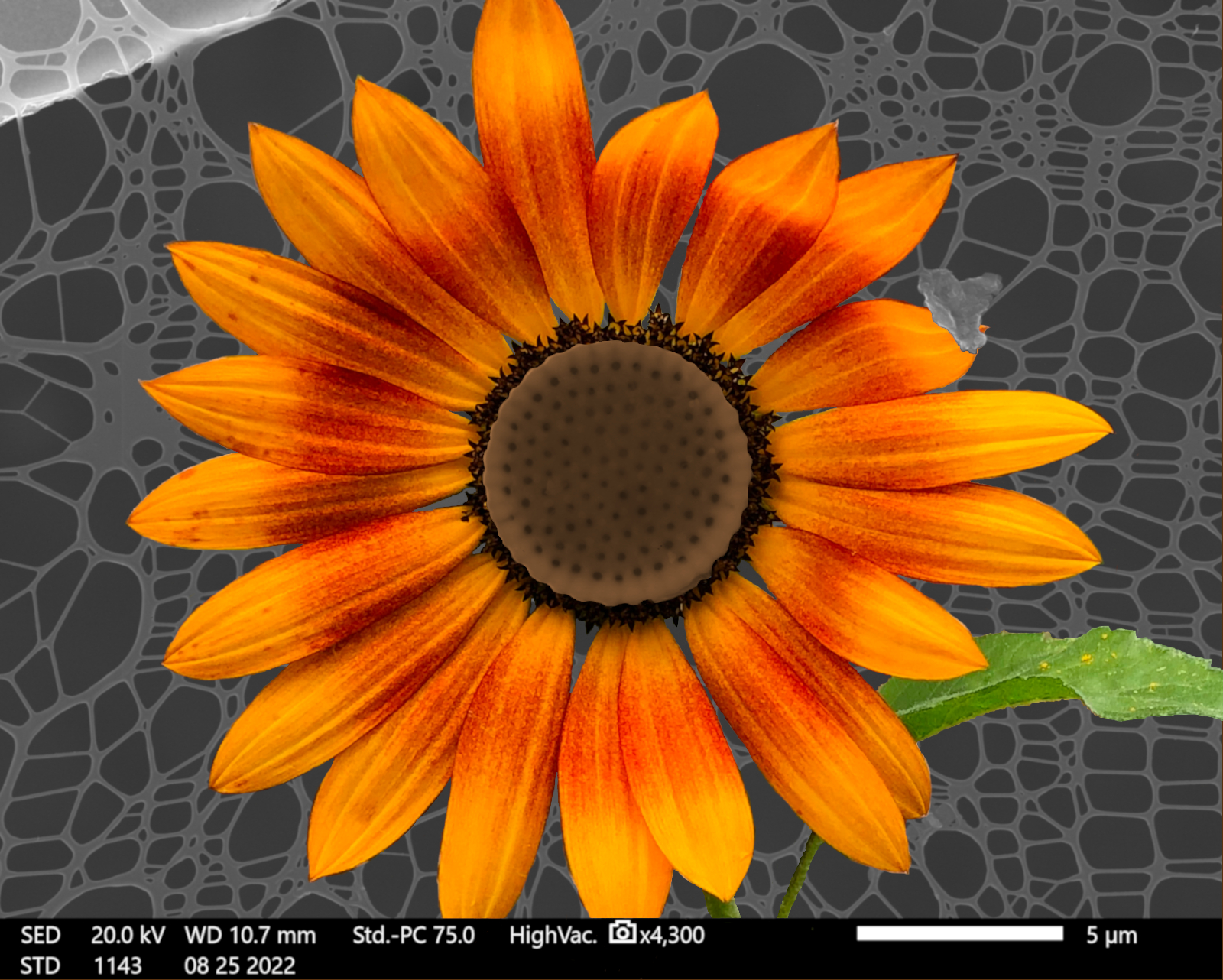Meet the User: Cecelia (Cece) Wood
The National Center for Earth and Environmental Nanotechnology Infrastructure (NanoEarth) at Virginia Tech presents the next Meet the User Spotlight: Cecelia Wood. Wood is a current Ph.D. candidate in the Virginia Tech (VT) Geosciences Department. She often spends time in the Nanoscale Characterization and Fabrication Laboratory (NCFL) analyzing field samples.
Cecelia Wood found her path to geosciences through her love of art and art history. In high school, her fondness for studying art inspired a goal to become an art conservator. After talking to museum conservators, she learned various medias react differently to cleansing solvents, and art conservators need a heavy chemistry background. This led her double major in chemistry and art history at St. Mary’s College of Maryland. Her hands-on and interactive internship with the Pacific Northwest National Laboratory taught her about permanent carbon storage via basalt carbonation. This led her to pursuing surface chemistry research with Virginia Tech’s Geoscience Department.
Plenty of Beauty at the Bottom 2022 Submission: Algal Bloom

Cecelia Wood is a current Doctoral Scholar in the Virginia Tech Institute for Critical Technology and Applied Science (ICTAS). She is also a member of the Geosciences Student Research Symposium (GSRS) organization. This academic year, she chaired the fundraising committee, raising over $8,200 for food, drinks, and student research poster printing. She also co-organized a brand-new student art exhibit in the Geosciences Department.
Working with Virginia Tech professors Madeline Schreiber, Ph.D. and Marc Michel, Ph.D., Wood investigates contamination and removal of iron and manganese from two freshwater drinking reservoirs in Vinton, VA. Managed by the Western Virginia Water Authority, one reservoir has an oxygenation system to remove iron and manganese before it reaches the treatment plant. Wood is researching the stability of the solids over time and if they capture organic carbon. Her methods include electron microscopy, synchrotron x-ray diffraction and more to examine the physical and chemical properties. She would like to inform water managers about best practices to prevent contamination and greenhouse gas release.
Falling Creek Reservoir in Summer

Oxygenation System Part

SEM Image of Sediment Microparticle

TEM Image of Iron Oxyhydroxide Nanoparticles

In January 2021, Wood participated in an art conservation science internship at the University of Maryland, Baltimore County (UMBC). She aided in programing computational chemistry experiments that modeled how common air pollutants might interact with limestone surfaces. The results of sulfur containing products impacting limestone were presented to leading art conservators in the field.
Wood has a short-term goal of publishing her first project into a manuscript. Her long-term goal is to improve drinking water quality through a position with the Department of Energy (DOE) or the Environmental Protection Agency (EPA). At home, she loves to knit, crochet, snuggle with her cat Jolene, and try new vegetarian recipes. Her advice to young researchers is to ask questions. Asking questions could lead to new professional and personal relationships.







